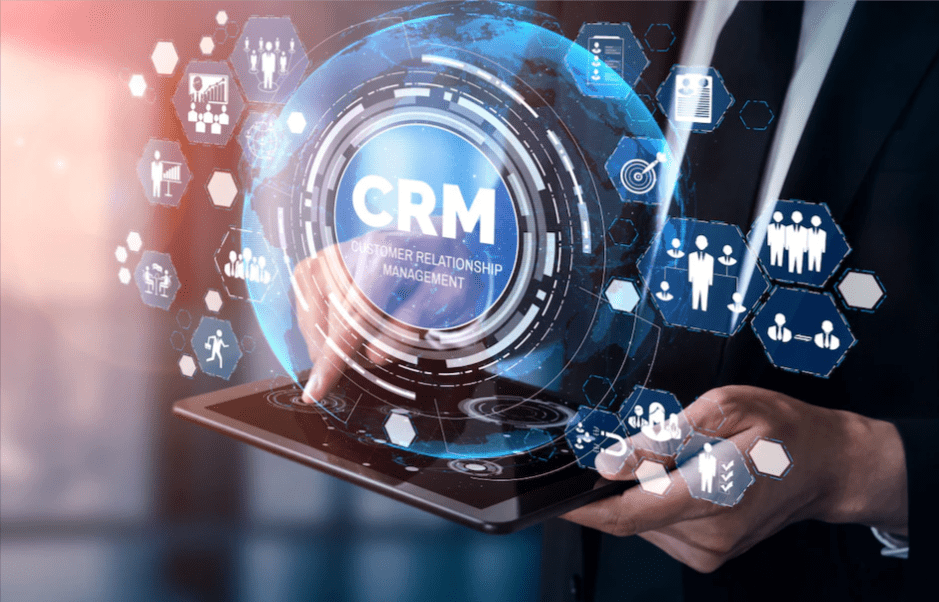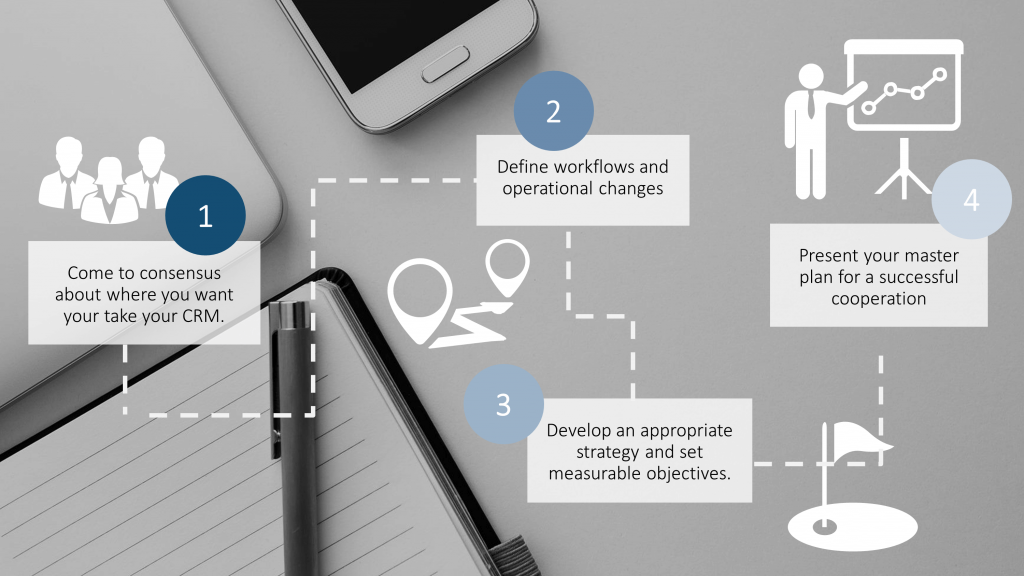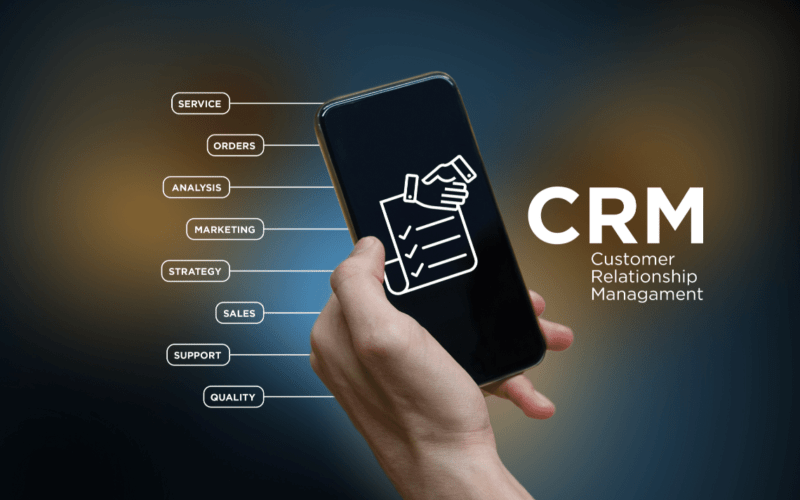A customer relationship management (CRM) strategy is essential if you want to succeed in this customer-centric era. A systematic approach to managing client connections is what’s required.
Customers today need excellent service, deep connections, and personalised experiences.

What Constitutes a CRM Plan?
A customer relationship management strategy is a focused plan (or set of actions) you create to effectively manage your customer relationships. Additionally, a successful CRM strategy involves the use of a CRM tool and customer-focused processes to gather and analyze valuable information about your customers.
Advantages of a Successful CRM Plan
Boost the retention of your customers
- You can strengthen your interactions with your clients by implementing an efficient CRM approach. You gain a better understanding of your customers’ requirements, preferences, and behaviours when you gather, examine, and handle their data. With the use of this information, you can tailor solutions, create exceptional experiences that entice customers to return, and personalise customer interactions.
Simplify the procedures that your business uses.
- A CRM strategy facilitates operational efficiency inside your company. You can increase efficiency and productivity by automating repetitive operations, centralising customer data, and integrating several systems. This frees up your staff to concentrate on high-value tasks like increasing conversion rates and providing outstanding client experiences.
Increase income and sales
- CRM strategy has a direct impact on elements that collectively greatly increase your company’s sales and revenue, such as team efficiency, customer retention, and marketing campaign conversions.
CRM Techniques for Your company

Evaluate the CRM procedures you use
If your company has paying clients, it undoubtedly has some CRM procedures that are operating efficiently (though they could definitely be further enhanced). Customer happiness may be hampered concurrently by inefficiencies, bottlenecks, or pain spots.
Define precise KPIs and CRM goals
Prior to assigning CRM goals to your team, review your long-term business objectives and business strategy. Consider your desired outcomes and how your CRM goals will help you get there.
Your CRM objectives can centre on increasing upselling and cross-selling opportunities or improving client retention, for instance, if your goal is to double your income. To decide which CRM goals to focus on first, assess each goal’s effect on your company’s goals.
Determine who your ideal client is
You must develop strong user personas (also known as buyer personas or customer profiles) and obtain a thorough grasp of your target audience if you want to optimise the effectiveness of your customer journey.
To begin with, fully investigate and comprehend your target market. This may entail using your CRM technology to administer surveys, analyse customer data, and perform market research.
Analyse the trends and similarities in the demographics, behaviours, pain areas, and motivations that this data reveals.
Provide personalised client experiences
As previously mentioned in the strategy, in order to develop individualised experiences, you must have a thorough understanding of both your target customer’s journey and where they are in it.
The different touchpoints and interactions a customer has with your firm during the course of their purchase are referred to as customer journeys. Using any of these customer journey templates, you can quickly sketch out the distinctive client journeys at your company.
You can find areas for personalisation by outlining these potential routes. Using ClickUp’s Simple CRM Template, begin by listing the common phases your consumers experience, such as awareness, contemplation, decision, and post-purchase.
Next, deconstruct each step into particular activities and touchpoints that are particular to your company. Equipped with these discernments, you may enhance the personalisation of your consumer encounters to fortify bonds and elevate engagement.
Put in place automated workflows
Team productivity is increased when repetitive operations in your workflow are automated by your CRM solution. It guarantees uniformity, minimises mistakes, and frees up time to concentrate on cultivating client connections.
For instance, a CRM programme that automates sales pipelines and maintains client accounts, such as ClickUp’s Sales Pipeline Template. It features built-in forms to gather fresh lead answers and record them automatically.
You can utilise automation triggers to advance prospects through the sales funnel as they come in. To ensure that no leads or opportunities are overlooked, the application automatically creates notifications and reminders for follow-up activities.
An additional essential element of a well-designed workflow is email automation. By automatically delivering tailored emails that correspond with the lead’s stage in the customer journey, it enables you to nurture leads.
You may increase the likelihood that leads will become devoted clients by providing them with current and pertinent information.





